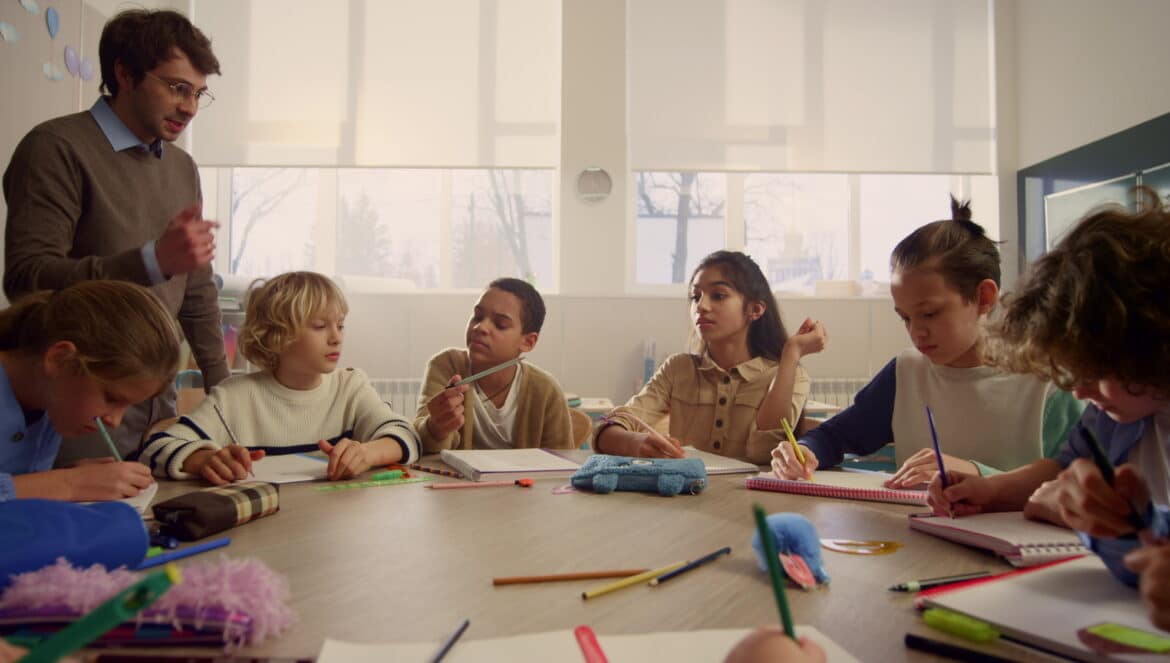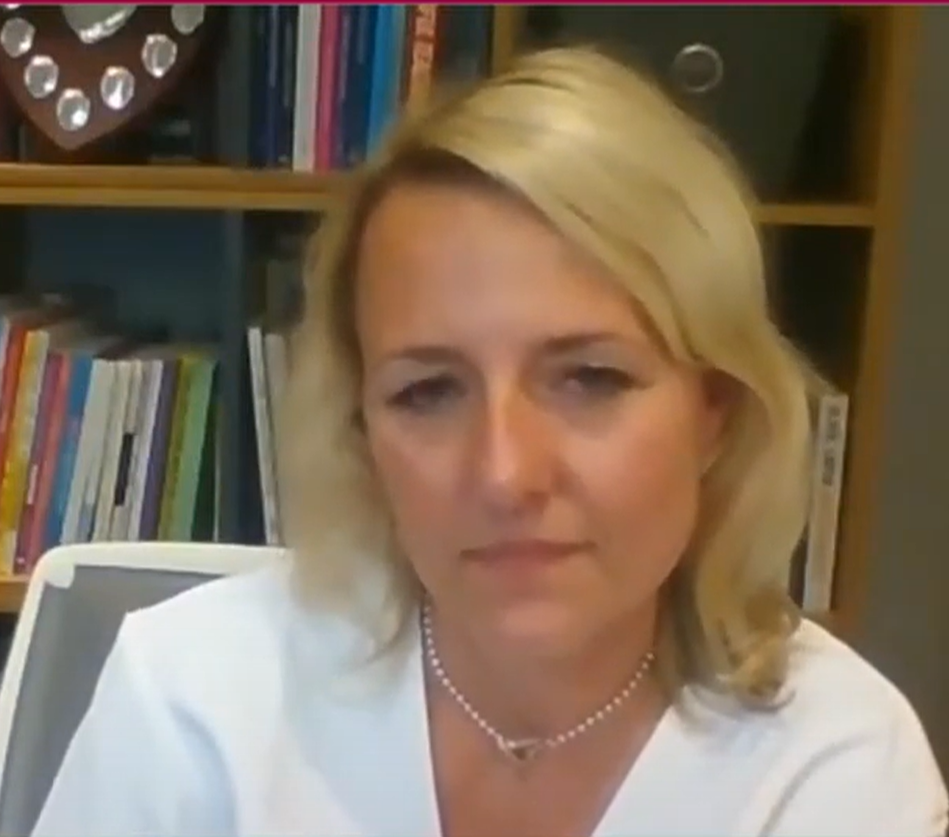Table of Contents
For this episode of Mind the Gap, special guest author, teacher, and podcast host Jamie Thom joins hosts Tom Sherrington and Emma Turner to discuss slow teaching strategies, supporting teachers and the profession of teaching, and bringing joy to the classroom.
The conversation begins by exploring supporting teachers and how to best attract extremely talented individuals into the profession. Jamie’s focus on joy in the classroom brings out some key insights into the roles of the teacher and how to best support the expansion of the teaching profession.
Supporting Joy As A Slow Teaching Strategy
One of the major reasons that people shy away from teaching as a career is because of the challenges that are often expressed within the profession. In Jamie’s opinion, things like long work hours or particularly difficult students detract from the joy of the classroom. This joy stems from the ability to interact with subject matter that students and teachers are energized by, developing lesson plans to match those interests, and seeing students thrive based on teacher intervention. Tom goes about pointing out later in the show that there is joy in just being a sounding board for students and their interests. For example, a physics teacher does not have to have an in-depth knowledge of black holes or materials physics to support a student’s passion and see the joy they have for the subject.
Slow Teaching Strategies In Practice
In the second part of the episode, and for a majority of the show, the trio discusses Jamie’s theories on slow teaching and its potential uses and practicality in education. Overall the theory of slow or quiet teaching suggests that the classroom should be a methodical and intentional place where students and teachers have time to think, express their thoughts, and learn from one another. This theory is particularly prevalent in Jamie’s books, his teaching career, and his position in the English PGDE at Napier University in Edinburgh. The theory pulls from the ancient philosophy of stoicism, the belief that controlling one’s emotions leads to a more balanced life, and supplements it with world-class data on student success, cognition, and teacher efficacy.
From Jamie’s perspective, teachers can use slow teaching or quiet teaching to become more confident and make content in their subject more accessible. Jamie expresses that it is often the nature of teachers to get through as much as possible, speaking quickly, rushing through content, and minimizing distractions in the classroom. However, it is much better for students and teachers to take pauses, be intentional with instruction, and make time for quiet contemplation.
Jamie wrote a book on the subject in 2020, Slow Teaching: On finding calm, clarity and impact in the classroom, which evaluates how slow pedagogy will result in improved feedback, more nuanced and skilled classroom management and relationships, meaningful classroom dialogue, retention of knowledge and school leadership with attention to detail.
Professional Development using Slow Teaching Strategies
As Jamie expands on in this episode, he was a teacher that often rushed into teaching and, realizing its negative impacts both on himself and his students, applied a slow methodology to create a successful classroom environment.
One way in which Jamie sees the slow method to be extremely practical is in teacher development & classroom management. New teachers are the most susceptible to rushing in the classroom. As they have limited experience in classroom management, they tend to work on a series of reactions to what is going on in the classroom, the content they are teaching, and the way their students respond. Using slow teaching strategies, teachers can develop comfort with things like silence or negative feedback from students.
Jamie gives a very interesting caveat to new teachers using slow teaching strategies. New teachers tend to have an increased passion for subjects matter, and it could be misunderstood that slow teaching would erase that very important energy that is required in the classroom. As he said in this episode, Jamie doesn’t want to turn every teacher into a contemplative monk. There is room for excitement and passion in the classroom, but choosing a slow framework allows for those moments to be more impactful and less distracting.
In a classroom management function, slow teaching strategies use the more stoic approach of recognizing emotions, controlling them, and addressing issues that many new and veteran teachers struggle with. As Jamie points out, if teachers make a knee-jerk reaction, they are more likely to create more classroom disorder than a calm and methodic approach.
Ensuring Student Success
Another positive outcome of slow teaching is better student cognition and the ability to intervene to support student growth directly. A pitfall of rushing through content to ensure that there is no silence in the classroom is not giving students ample time to work through, process, and learn the material. Using the slow method supports the cognitive process of students, ensuring that they have time to contextualize content in their own ways. In addition, if you work slowly, you have more time to check in with students to see if they are accessing the content more regularly and address their direct needs.
An interesting example of using slow teaching strategies to ensure student success that Jamie shares are introverted vs. extroverted students. In a rushed environment, teachers don’t notice the students that are not sharing information as often. There is a level of intentionality that is missed in a rushed environment, primarily because there is no thought given to supplemental strategies for equitable student engagement. In a slow teaching environment, a teacher can give individualized attention to students who may be more introverted to mold their skills in unique ways.
Overall the slow teaching model allows teachers to control their classroom using pace and affect the outcomes of their lessons, the efficacy of their environment, and their impact on their own careers and the success of their students.
Watch more episodes of Mind The Gap to learn more about making education work across the globe.





